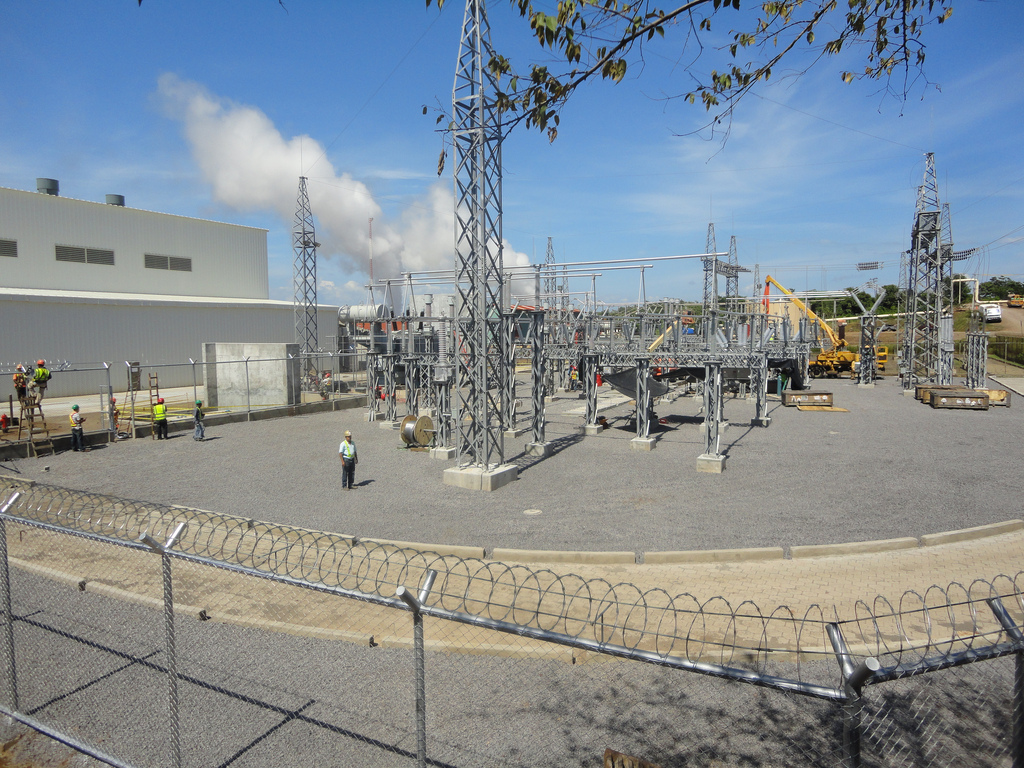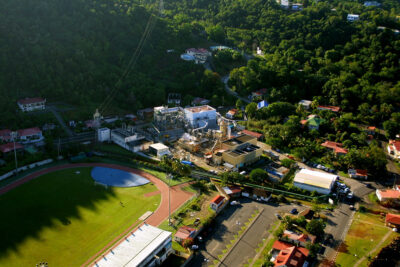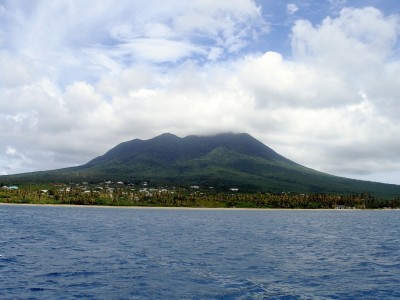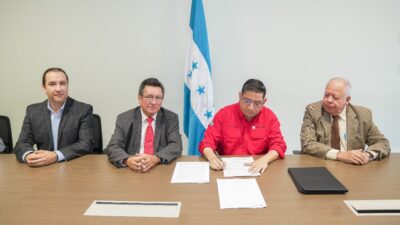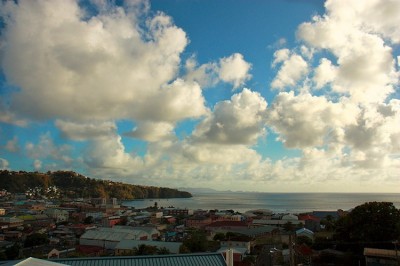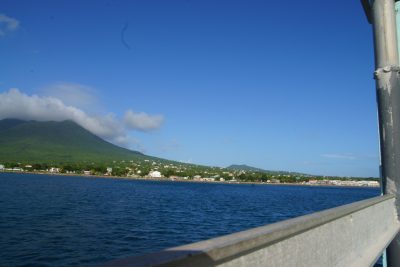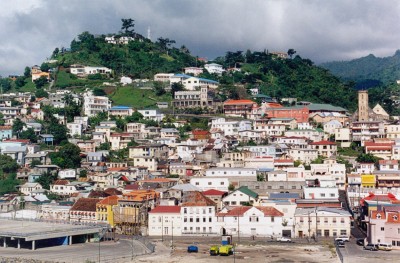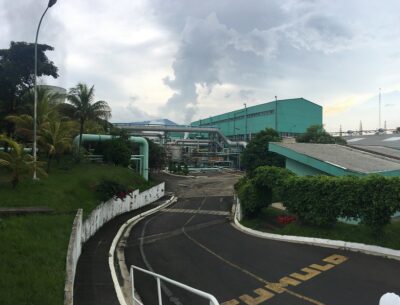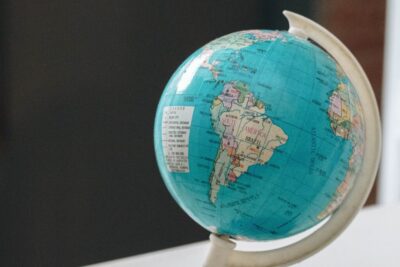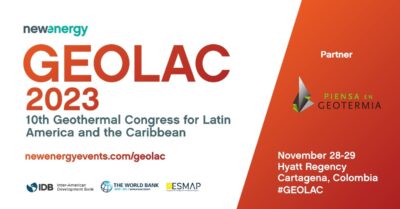Nicaragua with 23% of its electricity from geothermal
Green generation is providing the majority of energy in Nicaragua. They are so plentiful that during the first half of 2014, the country exported energy generated from renewable sources in Costa Rica, Panama and Honduras.
Power generation based on renewable sources increased strongly this weekend marking a new record, Clean Energy XXI reported today. The National Load Dispatch Center (NCDC) reported that on Sunday, 82% of the generated energy came from clean sources, the highest figure this year. NCDC’s report highlights that wind accounted for 31% of the energy mix, followed by hydropower with 27.54%; and 23.2% geothermal.
During the first half of 2014 Nicaragua exported energy generated from renewable sources in Costa Rica, Panama and Honduras, taking advantage of the benefits offered by the Central System Interconnection (SIEPAC).
Historic figures
While September was a hard month due to a lack of water and little wind, November and December will be a season of prosperity for clean energy in Nicaragua. This increase has been driven by three reasons: San Jacinto Tizate is generating more energy and has overcome technical difficulties, the hydropower has benefited from the rain and wind has a spike every year between November and March. Nicaragua could give the big surprise when in December to a record in generating clean energy entering the electricity from sugarcane biomass, wind, hydroelectric and geothermal according to a new analysis done by Clean Energy XXI.
More resources for generation and coverage
The General Budget of the Republic is allocating $ 19 million to expand electricity coverage and improve service nationwide Clean Energy XXI said. Among the strategic areas that will be prioritized are the National Sustainable Electrification and Renewable Energy (PNESER); the Fund for the Development of the National Electrical Industry (FODIEN); and Nicaragua Electrification Project (PELNICA). By 2017, Nicaragua aims to electrify 300,000 homes, benefiting 1.7 million people.
Source: Energia Limpia XXI
